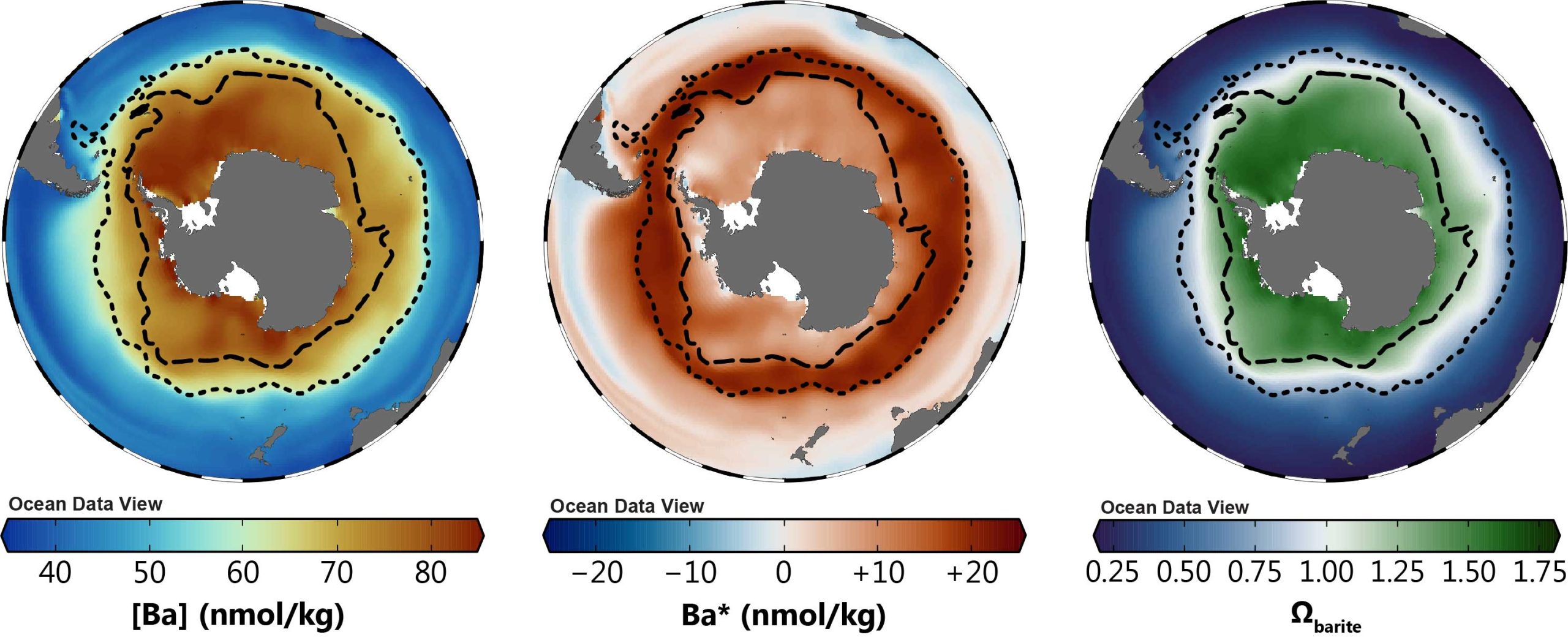Using machine learning to accurately simulate the oceanic barium distribution
Mete and colleagues (2023, see reference below) used Machine Learning (ML) to predict the global distribution of oceanic barium (Ba). Models were first trained to predict [Ba] from standard oceanographic observations using GEOTRACES data from the Arctic, Atlantic, Pacific, and Southern oceans. Model predictions of [Ba] were then compared with actual [Ba] data from the Indian Ocean, with the best models achieving a mean absolute percentage error of just 6.0 %. This successful comparison allowed the authors to calculate the global distribution of [Ba], Ba*, and marine barite saturation using data from the World Ocean Atlas. This approach revealed four significant findings: 1) the ocean contains 122±7 Tmol of dissolved Ba; 2) the variability in the barium–silicon relationship is consistent with the biogeochemical characteristics of both elements; 3) marine barite saturation exhibits systematic spatial and vertical variations; 4) taken as a whole, the ocean below 1000 m is at equilibrium with respect to barite. These results have broad implications, both for the modern ocean and for interpreting paleo-records of barite. A data product, which includes a global grid of predictions and the ML model itself, is freely available from BCO-DMO: https://www.bco-dmo.org/dataset/885506.

Reference:
Mete, Ö. Z., Subhas, A. V., Kim, H. H., Dunlea, A. G., Whitmore, L. M., Shiller, A. M., Gilbert, M., Leavitt, W. D., & Horner, T. J. (2023). Barium in seawater: dissolved distribution, relationship to silicon, and barite saturation state determined using machine learning. Earth System Science Data, 15, 4023–4045. Access the paper: 10.5194/essd-15-4023-2023
